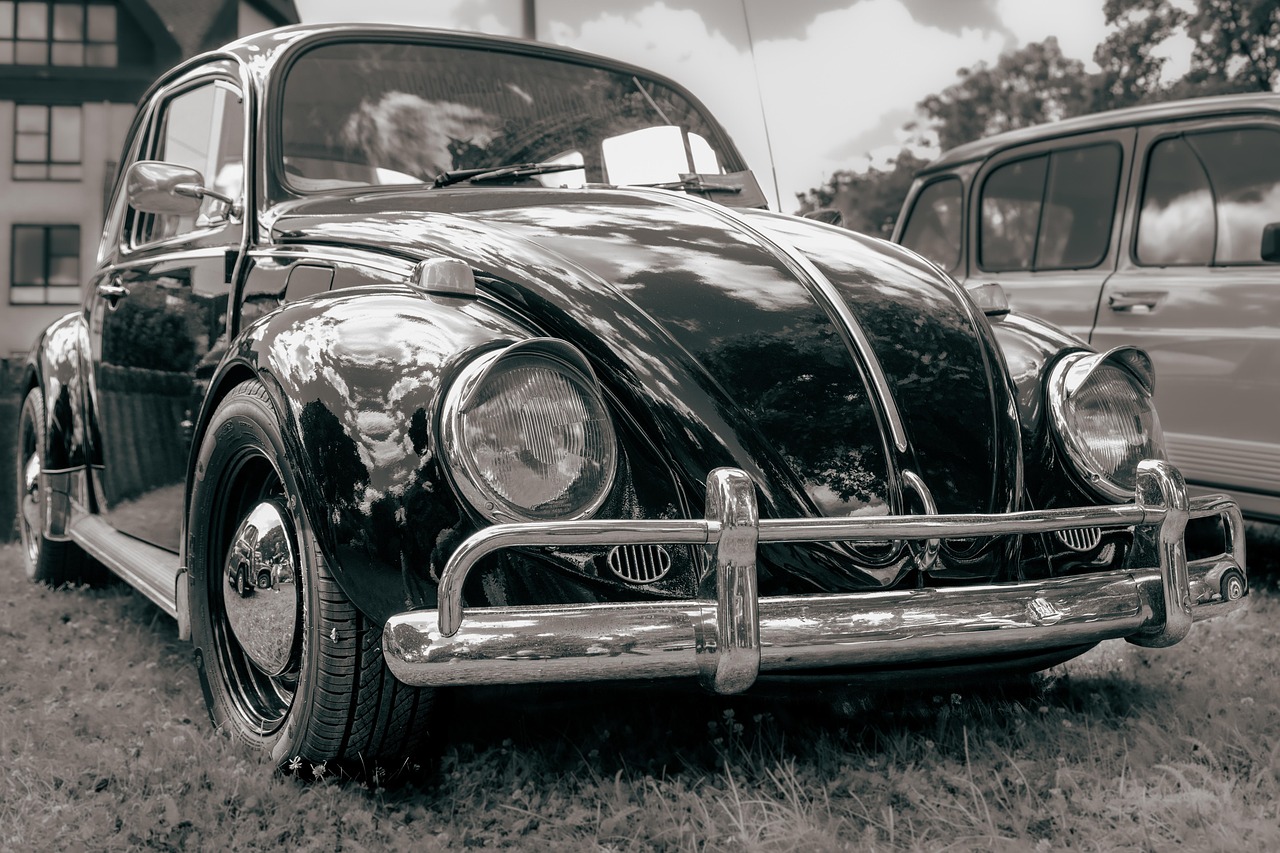Paint protection film (PPF) is a clear, durable layer applied to a vehicle’s exterior to shield its paint from damage caused by road debris, scratches, and environmental factors. It effectively preserves the car’s original finish by preventing chips, stains, and fading over time. This makes it a practical choice for those looking to maintain their vehicle’s appearance and value.
The film is designed to be virtually invisible once installed, providing protection without altering the car’s look. Different brands offer variations in thickness, self-healing properties, and durability, allowing vehicle owners to choose the best option for their specific needs.
Benefits of Paint Protection Film for Cars
Paint protection film for cars offers targeted defense against common types of damage while supporting the long-term upkeep and appearance of a vehicle. This clear urethane layer absorbs impacts from various sources, reduces maintenance demands, and helps preserve both aesthetic and financial value.
Protection Against Scratches and Chips
Paint protection film (PPF) acts as a physical barrier that defends the vehicle’s surface from road debris, small stones, and other elements that cause scratches and chips. Its durable, impact-absorbing properties reduce the likelihood of visible paint damage from everyday driving conditions.
The film also protects against minor abrasions from contact with branches, gravel, or shopping carts. High-quality PPF can self-heal small scratches over time when exposed to heat, improving longevity and appearance without requiring frequent touch-ups or paint repairs.
Long-Term Preservation of Car Paint
PPF shields the vehicle’s paint from environmental contaminants such as UV rays, bird droppings, acid rain, and road salt. These factors can cause fading, discoloration, or corrosion when the paint is directly exposed over time.
By preventing direct contact with harmful elements, the film helps maintain the factory finish’s integrity. This reduces the need for repainting or costly restoration work in the future, preserving the vehicle’s original look for several years.
Maintaining Resale Value
Cars protected with paint protection film often retain higher resale value. Buyers appreciate a well-kept exterior free from paint damage, making the vehicle more attractive on the market.
Because the film reduces the appearance of wear and tear, it demonstrates responsible ownership. This added layer of protection often justifies a higher asking price and can provide quicker sales compared to unprotected vehicles.
Enhancing Aesthetic Appearance
Paint protection film maintains a consistently glossy and clean look. The clear film adds a smooth, polished finish that resists dulling caused by dirt, scratches, and environmental exposure.
Additionally, it makes routine cleaning less intensive because dirt and contaminants do not bond directly to the paint. This maintains the vehicle’s fresh, showroom-like appearance over time without altering the original color or texture.
Choosing and Applying Paint Protection Film
Selecting the right paint protection film (PPF) and applying it correctly are critical for maximizing protection and durability. Factors include the film’s characteristics, how it is applied, ongoing care, and the overall cost.
Different Types of Paint Protection Films
Paint protection films vary mainly by texture and additional features. Common types include:
- Self-healing films: These films use a topcoat that can repair minor scratches when exposed to heat.
- Hydrophobic films: Designed to repel water, reducing dirt accumulation and making cleaning easier.
- Matte films: Provide a non-glossy finish to change the vehicle’s appearance while protecting the paint.
Choosing a film depends on the desired finish and functional benefits. Thickness and UV resistance are also key factors, as thicker films generally provide better impact protection while UV resistance helps prevent yellowing and paint fading.
Professional Installation vs. DIY
Professional installation ensures precise application and minimizes bubbles, wrinkles, or lifting. Trained technicians use specialized tools and controlled environments, securing the film’s longevity and flawless look.
DIY kits are available but require careful surface preparation, steady hands, and patience. Applying film without experience increases the risk of imperfections that reduce effectiveness and aesthetic appeal.
A professional installation typically offers warranties that DIY methods do not, which may be important for vehicle owners seeking peace of mind.
Care and Maintenance Guidelines
Maintaining paint protection film involves gentle cleaning and periodic inspections. Use a mild, pH-neutral soap with water; avoid abrasive cleaners that can damage the film’s surface.
Regular rinsing prevents dirt build-up, which can cause micro-scratches. Avoid automatic car washes with harsh brushes. Applying a compatible sealant can restore shine and enhance hydrophobic properties.
Inspect the film regularly for lifting edges or damage. Prompt repairs extend the film’s life. Proper care preserves both protection and the vehicle’s appearance over time.
Cost Factors to Consider
The price of paint protection film varies based on factors such as:
| Factor | Impact on Cost |
| Film type | Specialty films (self-healing or matte) are pricier. |
| Coverage area | Partial covers (hood or mirrors) cost less than full vehicle wraps. |
| Installation method | Professional installation adds labor costs; DIY kits are cheaper but risk poor results. |
| Warranty and brand | Established brands with warranties typically cost more upfront but offer better long-term value. |
Material quality and installation complexity influence labor time and overall expense. Buyers should balance budget with desired protection level and finish quality.



Leave a Reply